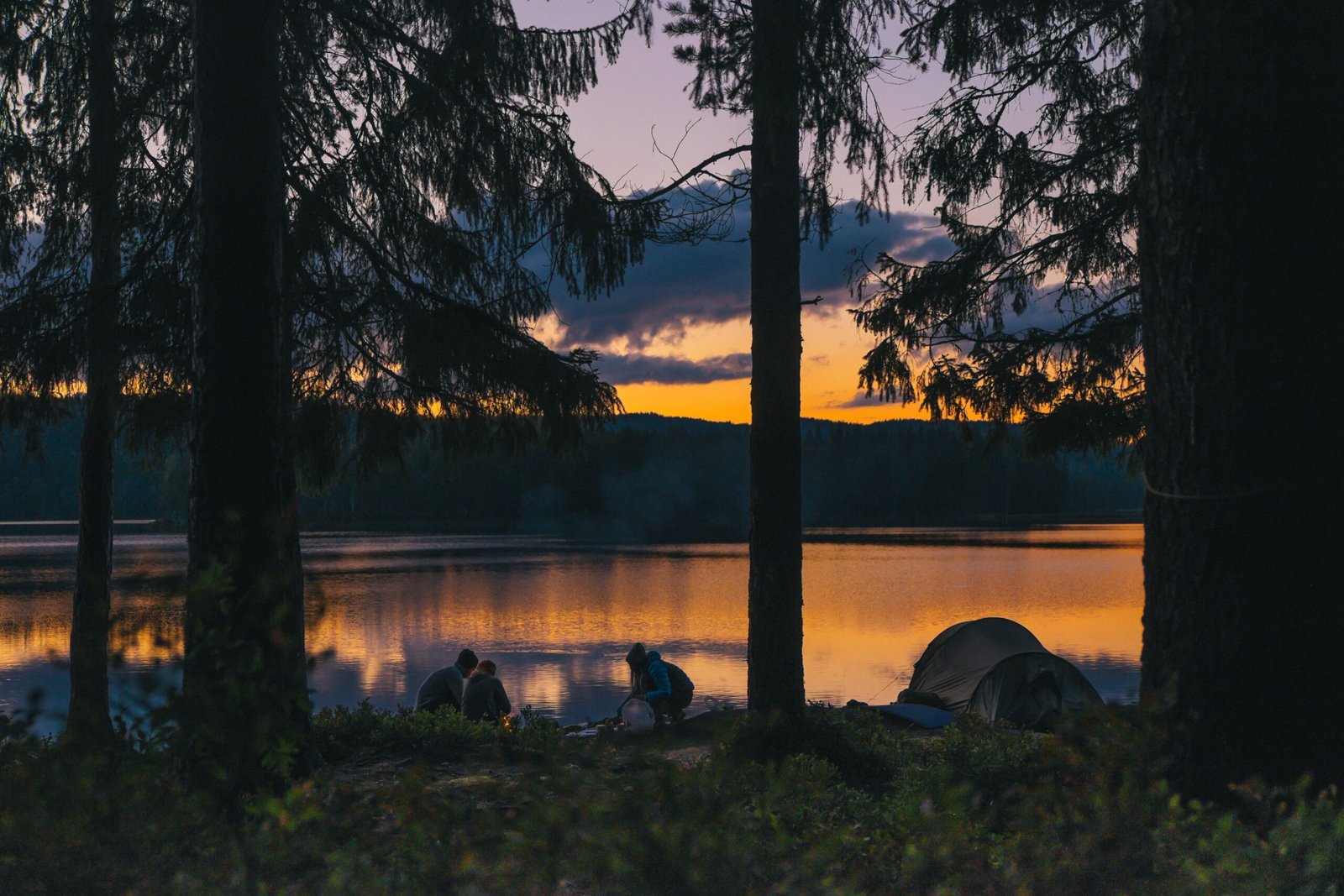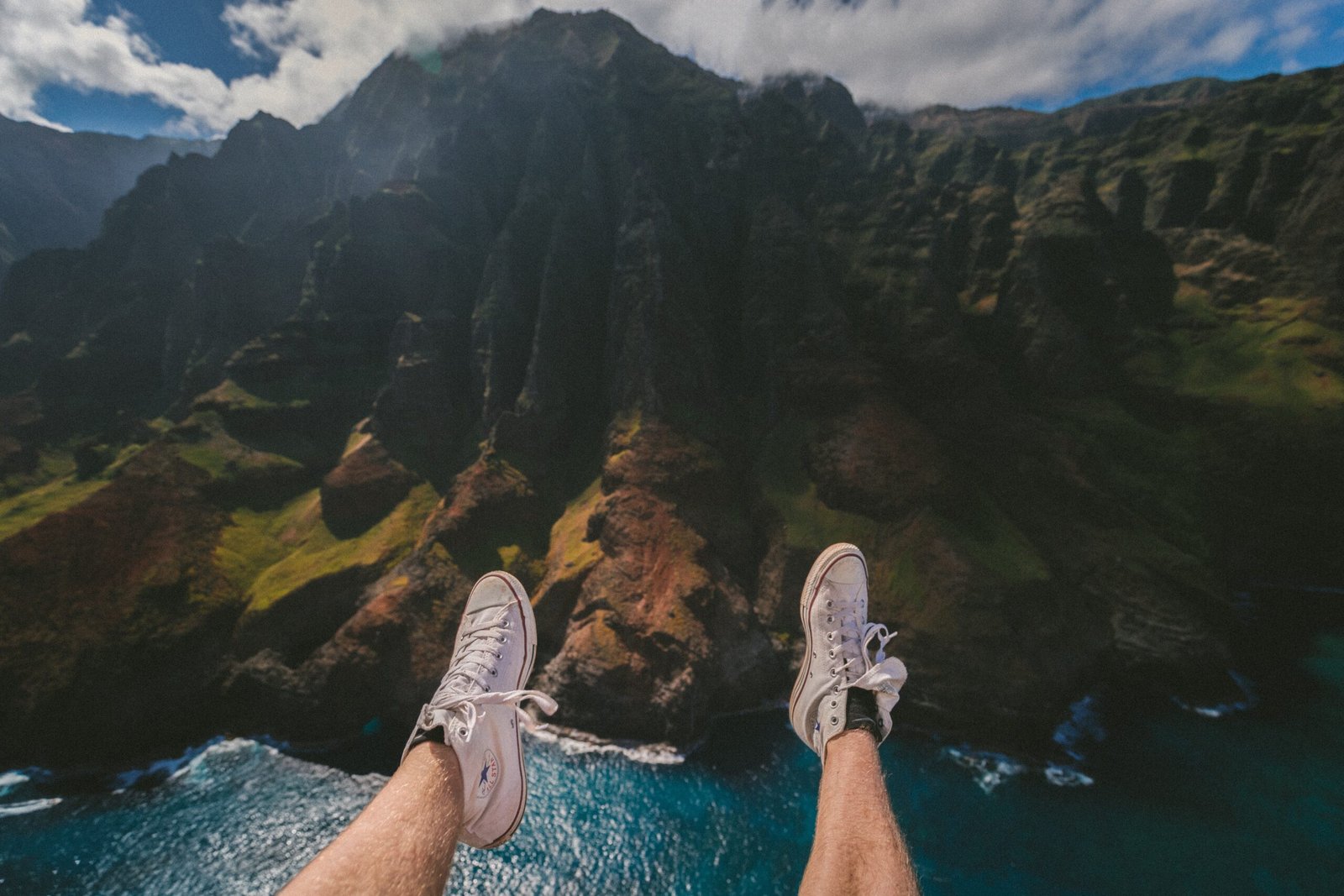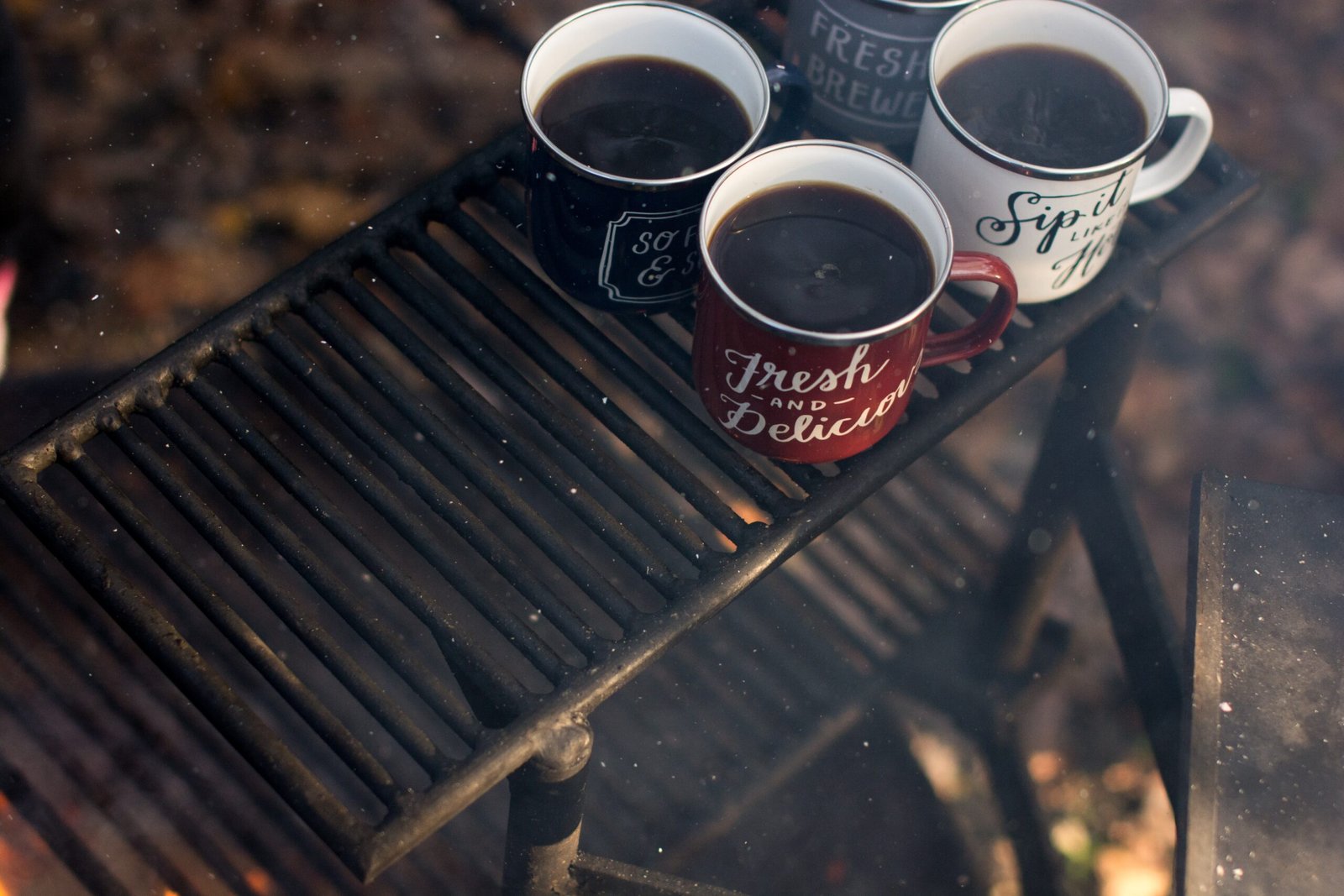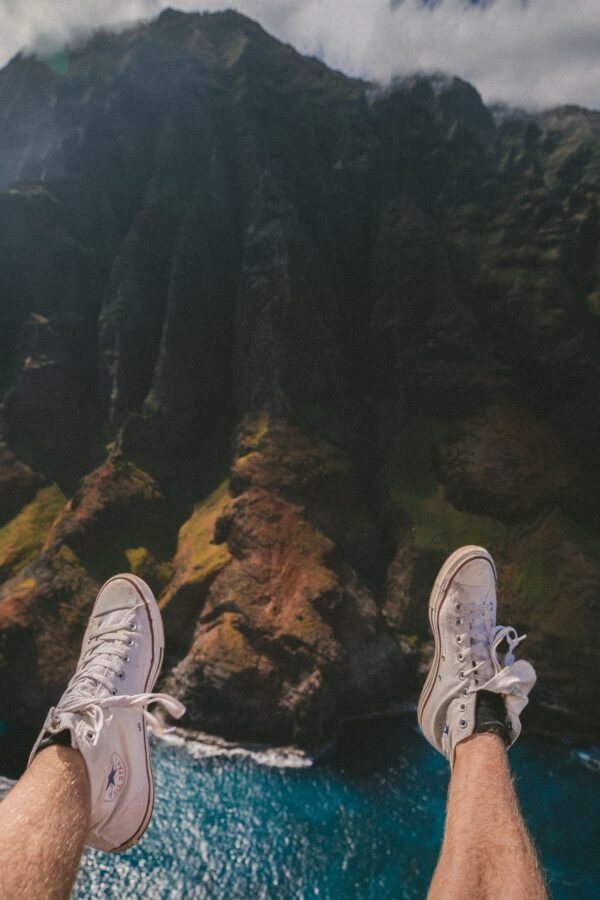Imagine immersing yourself in the great outdoors, surrounded by nature’s tranquility and beauty. As you set up camp, you realize that there are no designated water or electricity hookups available. Welcome to the world of dry camping, a thrilling way to experience camping without the luxury of modern amenities. In this article, we will explore the essence of dry camping and enlighten you with everything you need to know about this unique form of camping. So grab your gear, and let’s embark on an adventure that will leave you connected with nature like never before.
What Is Dry Camping
Definition of dry camping
Dry camping, also known as boondocking, is a form of camping where you set up your campsite in a location without any amenities or hookups. In other words, it is camping in a self-contained manner, relying solely on the resources you bring with you. Unlike traditional camping in developed campgrounds with electrical, water, and sewer hookups, dry camping allows you to truly immerse yourself in nature and disconnect from the demands of modern life.
Benefits of dry camping
Dry camping offers a range of benefits that attract outdoor enthusiasts seeking a more rustic camping experience. First and foremost, it allows you to escape crowded campsites and enjoy a greater sense of solitude and privacy. Without the noise and distractions of modern amenities, you can truly connect with nature and rejuvenate your mind and body.
Another major benefit is the cost-saving aspect of dry camping. As you are not paying for the amenities provided by developed campgrounds, dry camping is generally more budget-friendly. It is an excellent option for those looking to experience the beauty of nature without breaking the bank.
Additionally, dry camping encourages self-sufficiency and resourcefulness. You learn to rely on your own skills and equipment, which can be a rewarding and confidence-building experience. It also allows you to be more flexible in terms of your camping locations, as you are not limited to designated campsites.
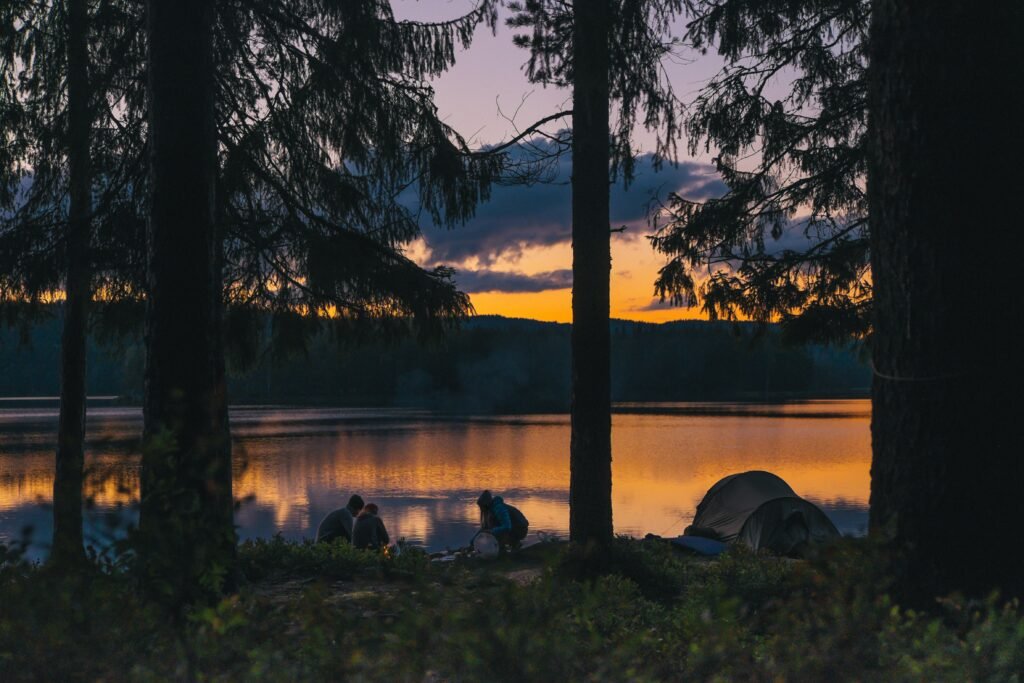
Challenges of dry camping
While dry camping can be incredibly rewarding, it does come with its fair share of challenges. One of the primary challenges is the limited access to essential resources such as water and electricity. This means you need to plan and bring enough water for drinking, cooking, and cleaning, as well as a reliable power source for charging devices or operating appliances.
Another challenge is waste management. Unlike developed campgrounds with sewer hookups, you need to be responsible for disposing of your waste properly. This includes managing gray water from showers and dishwashing, as well as storing and disposing of solid waste in a sanitary and environmentally-friendly manner.
Weather conditions can also pose challenges during dry camping. Extreme temperatures, high winds, and heavy rainfall can impact your comfort and safety. It is crucial to research and prepare for the specific weather conditions of your chosen dry camping location.
Popular dry camping locations
Dry camping can be enjoyed in a variety of stunning locations, offering diverse landscapes and outdoor activities. Here are some popular dry camping locations:
-
National Parks: Many national parks offer dry camping opportunities, allowing you to experience the beauty of these protected areas without the crowds. Examples include Joshua Tree National Park in California and Big Bend National Park in Texas.
-
BLM Land: The Bureau of Land Management (BLM) manages vast tracts of public land that allow for dispersed camping. These lands can be found throughout the United States, offering scenic landscapes and solitude. Some popular BLM dry camping areas include Quartzsite in Arizona and Slab City in California.
-
State Forests and Wildlife Management Areas: Many states have designated forests and wildlife management areas that permit dry camping. These areas often provide excellent opportunities for fishing, hiking, and wildlife viewing. Examples include Allegheny National Forest in Pennsylvania and Black Hills National Forest in South Dakota.
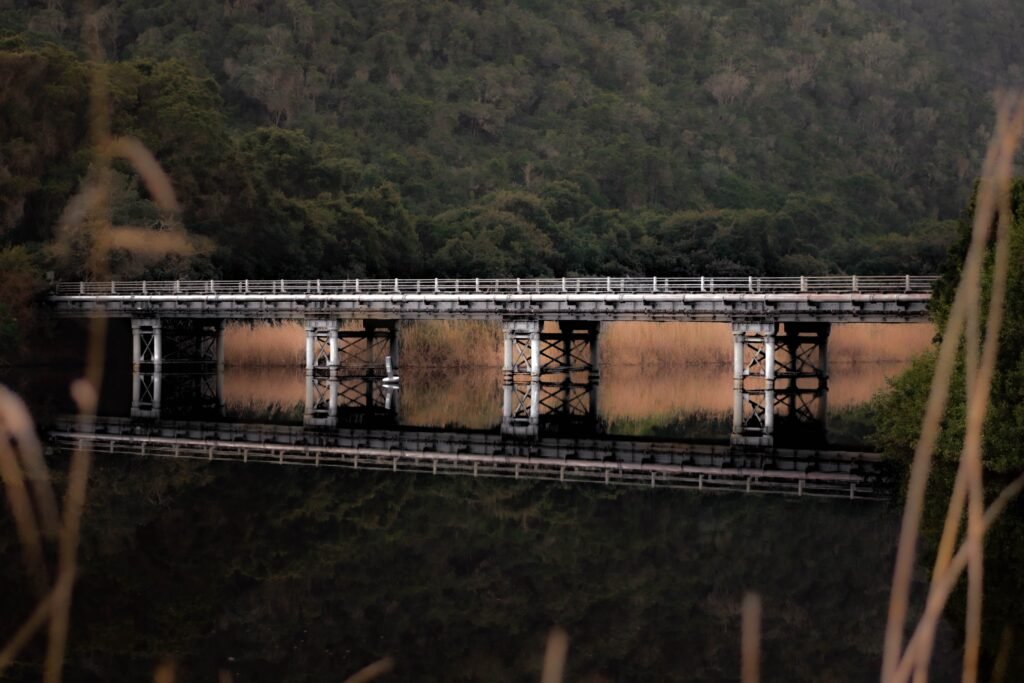
Equipment needed for dry camping
To have a successful dry camping experience, you will need to ensure you have the right equipment and supplies. Here is an essential list of items you should consider bringing:
-
RV or Tent: Depending on your preferences and camping style, you will need either a self-contained RV or a sturdy tent for dry camping.
-
Water Containers: Bring enough water containers to store an ample supply of drinking water and water for cooking and cleaning. Consider collapsible containers for easy storage.
-
Portable Toilet: As restroom facilities may not be available, a portable toilet with waste disposal bags is essential for proper sanitation.
-
Portable Power Source: Invest in a reliable portable power source, such as a generator or solar panels, to power your appliances and charge your electronic devices.
-
Propane Stove and Fuel: A propane stove allows you to cook your meals without relying on electricity. Make sure to bring enough fuel for your cooking needs.
-
Campfire Cooking Equipment: Pack a grill grate, a sturdy pot, and pans for cooking over an open fire. This allows you to enjoy the traditional campfire cooking experience.
-
First Aid Kit: Always have a well-stocked first aid kit on hand to address minor injuries and medical emergencies.
-
Camping Gear: Don’t forget essentials such as sleeping bags, camping chairs, lanterns, and insect repellent.
Tips for a successful dry camping experience
To make the most of your dry camping adventure, keep these tips in mind:
-
Plan and research your camping location beforehand. Understand any regulations or restrictions that may apply.
-
Test all your equipment before heading out to ensure everything is in working order.
-
Conserve water by taking shorter showers, using biodegradable cleaning products, and dishwashing efficiently.
-
Minimize waste by practicing leave-no-trace principles. Pack out all trash and dispose of it properly.
-
Be mindful of your energy usage and consider investing in energy-efficient appliances and LED lights.
-
Embrace the simplicity of dry camping and use it as an opportunity to disconnect from technology and fully immerse yourself in nature.
-
Be respectful of other campers and the environment by keeping noise levels down and leaving your campsite as you found it.

Cost of dry camping
One of the significant advantages of dry camping is its affordability. When compared to staying in developed campgrounds with full amenities, dry camping can save you a significant amount of money. You only have to cover the cost of camping permits or access fees, which are usually nominal.
Environmental impact of dry camping
Dry camping generally has a lower environmental impact compared to camping in developed campgrounds. By relying on your own resources and generating less waste, you are minimizing your ecological footprint. However, it is crucial to practice leave-no-trace principles and follow any specific guidelines provided by the camping area to ensure minimal impact on the environment.
Alternatives to dry camping
If dry camping does not appeal to you or you prefer more creature comforts, there are alternative options available. Developed campgrounds offer amenities such as water, electric hookups, and restroom facilities. Additionally, there are glamping options that combine the joys of camping with luxurious accommodations in unique settings. These alternatives are ideal for those who still want to enjoy nature but with added convenience and comfort.
Conclusion
Dry camping, with its solitude, affordability, and connection to nature, offers a unique camping experience for outdoor enthusiasts. While it presents challenges such as limited resources and waste management, proper planning and preparation can ensure a successful adventure. Whether you choose to explore national parks, BLM lands, or state forests, dry camping allows you to create lasting memories and escape the demands of everyday life. So pack your gear, embrace the simplicity, and embark on a dry camping journey that will rejuvenate your spirit and reconnect you with the natural wonders of the world.

